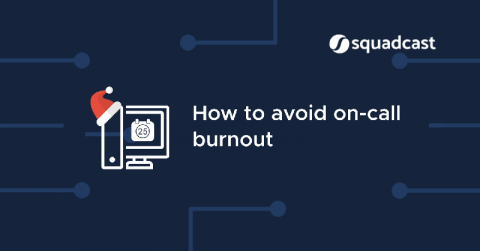How to create an on-call schedule that doesn't suck.
A lot of tech companies struggle with creating an effective and efficient on-call schedule internally for their product and service, this results in much longer downtimes when something goes wrong. They often over-burden their team members with repeated on-call duty which results in team member fatigue. Here’s how to create an on-call schedule that your team might love.











